Helsinki Exposes Hidden DJI Drone Exports to Russia
In a major crackdown on illicit trade, Finnish authorities have uncovered an extensive operation involving the illegal export of thousands of mostly DJI drones to Russia, circumventing the European Union and US-imposed sanctions.
This significant bust highlights the growing strategic importance of unmanned aerial vehicles (UAVs) in modern warfare and the lengths to which Countries are going to acquire such technology.
The Finnish Customs has reportedly revealed ongoing investigations into two companies charged with illegally exporting approximately 3,500 drones and related components for counter-UAV technology to Russia, a clear violation of sanctions imposed due to Moscow’s invasion of Ukraine.
The operation’s total value is estimated at around €3 million (approximately $3.32 million), including crucial microcontrollers and semiconductor components for anti-UAV devices, worth about €600,000 ($646,000). These devices have become essential defense equipment for Russian military units in Ukraine.
Significantly, the average price of each exported drone, calculated to be around $575, suggests that most were consumer UAVs, likely repurposed for military use in Ukraine.
Prominent among these were DJI models, still in high demand despite the manufacturer’s cessation of sales to both nations to prevent non-consumer and enterprise misuse of its products.
The scheme employed deceptive practices, such as listing drone shipments as destined for third-party countries while actually delivering them to Russia.
According to Hannu Sinkkonen, the director of enforcement for Finland’s customs services, the operation appeared to be orchestrated from Russia, funded through an extensive network of international businesses.
The bust not only disrupts the flow of illicit technology to Russia but also underscores the critical role of foreign-supplied UAVs in the ongoing conflict.
Despite efforts by Ukraine to boost its domestic drone production, Russia’s augmented output is reportedly six times higher.
However, both nations’ production levels fall short of meeting the intense demand on the battlefield.
As the conflict in Ukraine intensifies, the reliance on mass-produced drones from abroad is increasingly evident.
This demand has led to multiple EU companies being approached to act as intermediaries, often under the guise of humanitarian aid, but suspected to be veiled attempts by Moscow allies to bypass international sanctions.
This operation is a stark reminder of the evolving landscape of modern warfare, where drones have become pivotal. It also highlights the challenges faced by international law enforcement in policing the complex and often covert supply chains of military technology.






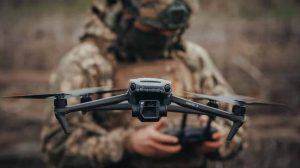






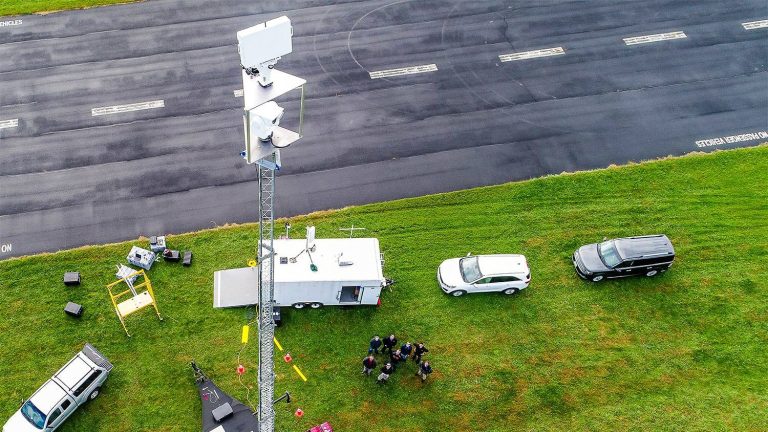

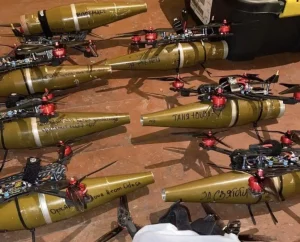

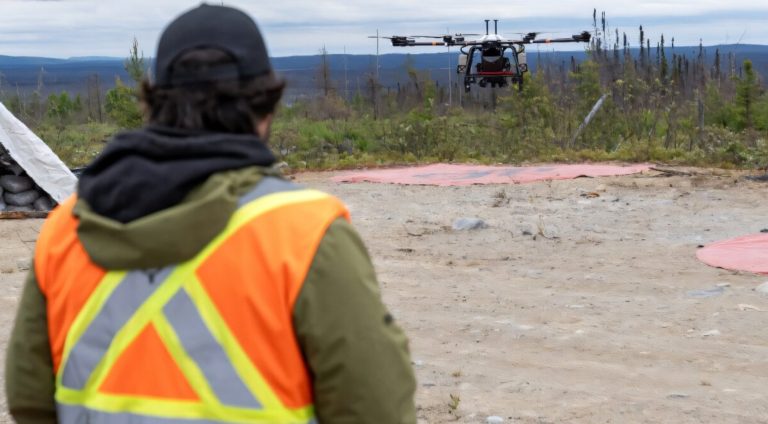

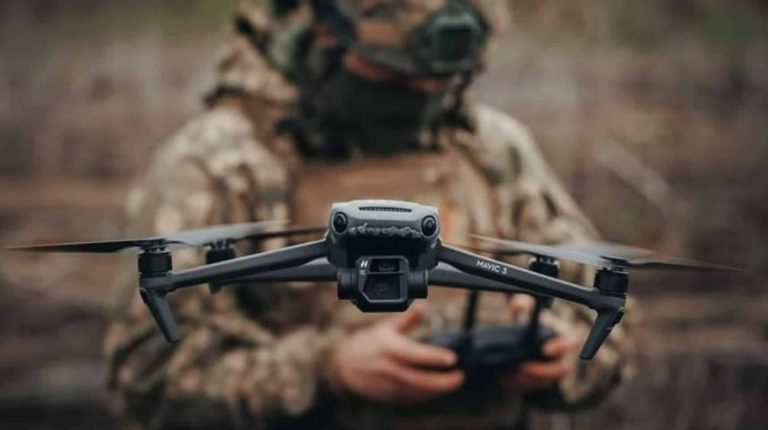

+ There are no comments
Add yours